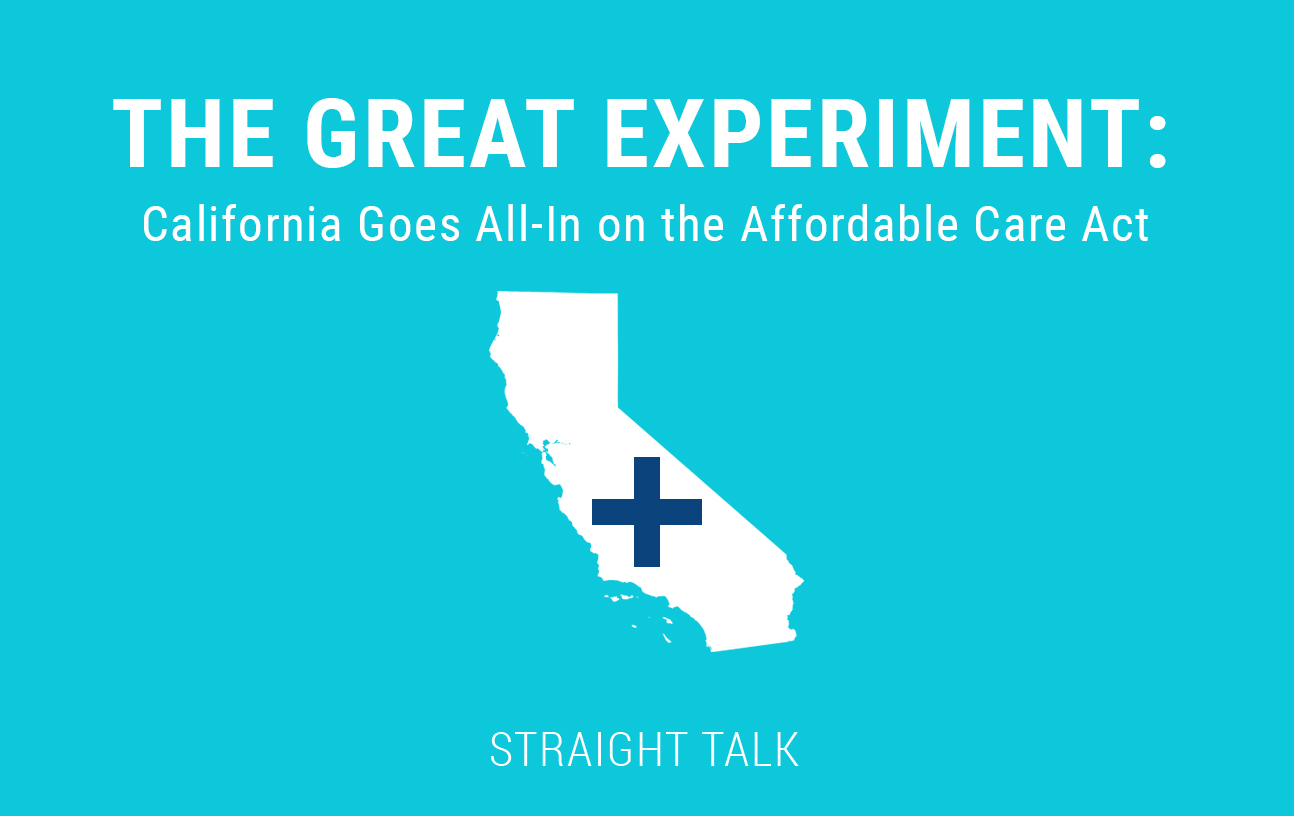“Cut the grass, son!” Yep, that’s my Dad, circa early 1970s, encouraging 11-year-old me to get off my butt and do some work, which frankly at that age I was keen to avoid. But he was home from working offshore and would be for at least a week, and it was July in Morgan City. You could almost watch the grass grow, so I wasn’t getting out of it.
Reluctantly, I broke out my nemesis, the rebuilt gas-powered push lawnmower, and cranked it up. I started pushing it through the tall, thick grass that I probably should have cut three days earlier. I shut it off 45 minutes later, sweating profusely, relishing the quiet, until…
“So, you call that cut? Look at all the holidays!”
In my Dad’s military-inspired parlance, a holiday was an obvious spot you missed. And true to form, he had found four or five spots I neglected to mow. It was even hotter now, and I looked over at him as if to say, “can’t I do this later?” But of course, I said nothing.
“Get going, boy! Nobody ever drowned in sweat, you know! And for goodness’ sake, don’t just do the league minimum, take some pride in your work! Take your time! Do a good job! Do MORE than I expect you to do for once!”
Yep, he had a point there. Dad never dreamed he’d be giving lessons in state vs federal politics, but on that hot, muggy, July day almost 50 years ago, he sure was.
So, how can we apply Dad’s lawn-mowing wisdom to healthcare policy? Let’s look at what some states are doing with the Affordable Care Act and see his vision in action.
Avoiding the League Minimum
When states approach healthcare reform nowadays, they can engage a wide variety of responses to the particular problem of how to stabilize their individual marketplaces and keep costs down for their residents. Some states are content to do the “league minimum” the Affordable Care Act requires (Dad would be so upset!). Some are even trying to get out from under that!
But several states are currently trying to do MORE. Instead of getting wrapped up in partisan battles over who pays for what, or just trying to score points by being critical, their politicians are actually trying to do more than the ACA requires, and do it BETTER, to help solve the problems rising healthcare pricing is causing for their people.
At the forefront of what I’ll call “Healthcare Reform 2.0” is California. In 1932, Supreme Court Justice Louis Brandeis said it was entirely proper for the individual states to be “laboratories of democracy.” It is refreshing to see a state take up that challenge to go above and beyond what Washington, D.C., can do and improve things for their residents.
So, Mike, What’s California Up To?
The governor and state assembly in California have decided that, using the authority of the ACA and more, and with the cooperation of around 11 different health insurance companies, they can IMPROVE the health insurance situation for state residents and make a stable, predictable and AFFORDABLE market for individual health insurance. Everything they are doing is designed to drive more and more people into their marketplace, especially the young and healthy.
How are they stabilizing it? Through well-timed bipartisan legislation.
Assembly Bill 74: Created a funding source to allow health insurance sold on their version of healthcare.gov (called Covered California) to be better coverage for less money. Instead of financial assistance to buy health insurance ending abruptly at 400% of the Federal Poverty Level (FPL), which is about $49k/year for a single person, they are EXTENDING the tax credits all the way up to 600% of FPL and dedicating more assistance for the folks earning between 200-400% of FPL.
This creates a “soft landing” for people who make more money and has allowed an additional 250,000 people to afford to buy health insurance this year. California is investing $295 million (that’s about a quarter of a percent out of their $120 BILLION budget) in this program in 2020.
Senate Bills 78 & 104: These bills re-created the individual mandate penalties for NOT buying health insurance in the state of California. This mandate has fewer exemptions than the federal one does, but it carries the same penalties and has encouraged another 300,000 people to stay insured, almost all of them younger and healthier folks. This has brought down rates an estimated 3% overall and will generate up to half the money needed to fund AB 74.
Assembly Bills 56 & 1309: Extended the open enrollment periods from the federal model (6 weeks) all the way to 15 weeks (Oct.15 through Jan. 31 each year). These bills also create a funding source to ADVERTISE open enrollment and remind people it’s going on. This also has brought in more people who can purchase coverage and given their health insurance market extra size and stability.
Senate Bill 910: Outlawed any individual coverage of any type other than the Qualified Health Plans you would buy on or off their exchange. No other types of insurance dilute the Covered California risk pool; all the healthiest and youngest stay in the same pool with everyone else. But you can still get healthcare sharing ministry plans in California, as of this writing.
Senate Bill 1375: Carved certain businesses OUT of the group health plan marketplace and forced them back into the individual market via Covered California. Particularly, sole proprietors and their families, and partners in a partnership, are no longer allowed to buy group health insurance in California.
It’s Not All Wine and Roses. Sometimes, You Fail. And That’s Ok.
Senate Bill 10, 2016: Passed and signed by the state’s governor, this allowed undocumented folks living in California to buy health plans on Covered California, but the bill was never enforced. Ostensibly, this is because the governor said he thought the Trump Administration would use the information to deport people who were in the country without documentation. So far, SB10 is still shelved.
The Lesson Louisiana Can Learn
This is just a partial list of the steps California has taken to create a stable, affordable, predictable healthcare exchange, to keep it growing as time goes on and to keep their citizens covered with Qualified Health Plans going forward. None of these things has been particularly expensive or a big draw on the state’s treasury, but all have required both sides of the legislative houses to put aside their differences for the good of their citizenry. In my mind, Louisiana could easily do all of these things. Even the $295m California has committed to their Exchange represents about 1% of the total Louisiana annual budget. 1%.
Other interesting reforms are going on, beyond the ACA, in states like New Jersey, Washington, D.C., Vermont, Colorado and others. Responsible political bodies have tapped into the public’s desire for widely available, subsidized and comprehensive health insurance they can afford. I’ll address some of these in future blog posts.
Straight Talk is, it sure seems to me that Louisiana could benefit from similar discussions and honest attempts to make our marketplace more viable, to bring in more young and healthy folks and bring down insurance costs for everyone. A little cooperation and experimentation can go a long way.





I always felt doing away with the individual mandate was a mistake. Since we are not going to let the people who choose a new I Phone over health insurance die in the streets, that burden falls back on the insured and tax payers.
Wayne!
I too felt like (and still feel like) an Individual Mandate is critical to keeping health insurance somewhere in the realm of affordability. If we continue to perpetuate this myth that you can live your life without care, and then buy health insurance AFTER you get sick and it still be something you can afford, we are leading the people who depend on us down the wrong path.
Of course, we need a Mandate with teeth (fines somewhere near the price of insurance, very few selective exemptions) for it to have any effect. By the time the federal mandate was removed, the fines were only about 20% of the price of an insurance policy, and there were 29 exemptions to the tax, some of which were plain ridiculous.
Thanks for reaching out!…mrb
How will this effect agents jobs and income? Will customers be driven to State workers or to use agents?
Dorothy!
If you are referring to California’s decision to re-instate the Individual Responsibility Requirement for health insurance, and the extension of benefits on Covered California (their version of Healthcare.Gov) to higher income brackets, I see no downside at all to Cali’s actions. If anything, it should create MORE opportunities for Agents and Brokers to sell Individual Policies for higher income folks at reduced premiums. The Mandate will also encourage employees to take their employer’s offers of coverage more often. More people enrolled should equal more opportunity and income for their representation.
Best of Luck to YOU!…mrb